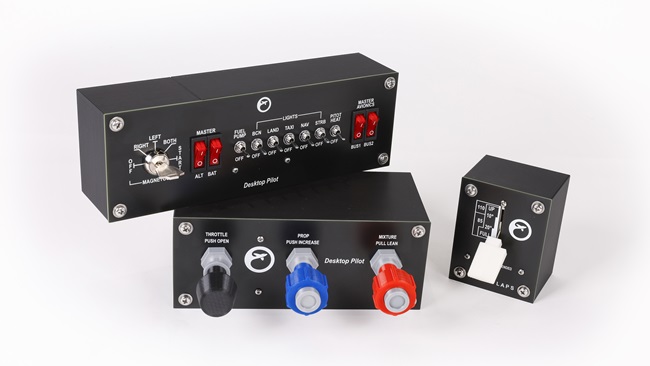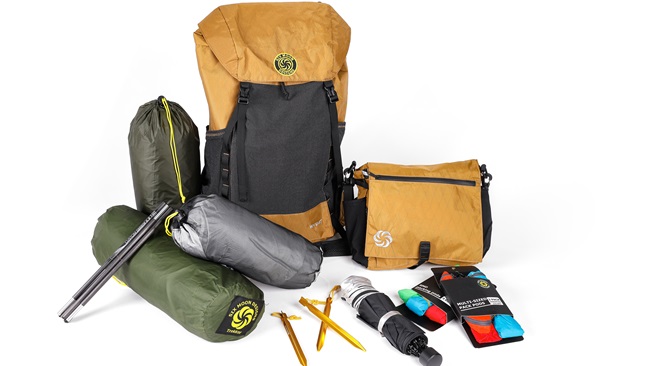Did you know that aircraft tires are hand-made? Every tire is carefully constructed and inspected to ensure it meets the stringent requirements the FAA's Technical Standard Order (TSO) TSO-C62 (current).
Regardless of which brand you choose, there is no bad aircraft tire. Even the cheapest tire needs to meet the specifications that the FAA has defined. The size and type of tire specified by your aircraft’s manufacturer were the result of an extensive engineering analysis of the requirements to meet both normal and emergency operations.
Typical general aviation tire specifications include both the size and strength of the tire (example: 6.00x6, 4 ply). The first numbers in the tire spec represent the size of the tire. For example, in a 6.00x6 tire the “6.00” indicates the nominal width of the tire, while the “6” indicates the diameter of the wheel that the tire is designed to fit.
General aviation tires utilize bias-ply construction (vs. radial). Bias ply tires are constructed with plies of reinforcing materials laid at angles between 30 degrees and 60 degrees to the centerline or rotation direction of the tire, embedded in the rubber during the construction process. This provides balanced strength to the tire. The “4 ply” in the specification is used to indicate the number of layers, or plies, of reinforcing material, such as nylon, that are used in the construction of the tire. In the old days this number was literally the number of layers. However, modern technologies utilized in tire making, such as Kevlar cords, translate into the use of less actual plies to get the same "ply rating." This is better because it saves weight and creates less heat.
I’ve often been asked if it makes sense to purchase a stronger tire than that specified by the manufacturer (i.e. purchase a 6-ply tire when a 4-ply is specified). The answer is definitely no. More plies are not necessarily better. Each aircraft is designed for a specific tire, and tires with higher ply ratings than specified may not be suitable for a variety of reasons. More plies don’t make a tire last longer, and since those extra plies need to go somewhere, they wind up decreasing the interior diameter of the tire. In addition, more plies make a tire run hotter. This, along with the difference in stiffness, can affect the way a tire performs.
Choosing a tire
So, why would anyone buy a $130 tire when they can get one for $45? The answer is that the TSO represents a minimum specification. While any aircraft tire should be able to handle a difficult landing on a hot Arizona day, that landing might be the last one for an economy tire if it wears out enough tread. A premium tire may be less affected by the heat and make it through with flying colors. The value of a premium tire lies in how far the manufacturer has exceeded the TSO for the tire. This can take the form of high-tech rubber compounds that resist wear, advanced tread patterns, different ply materials, or UV protection that improves the tire’s ability to resist weather checking.
Retreads
Many aircraft owners are leery of retreaded tires. That’s a shame because any notional concern based on the term “retread” belies the facts. Don’t be misled by all of those truck tire carcasses on the highway shoulder. Retreads are an excellent value with an outstanding performance record.
The re-treading of aircraft tires has been the industry standard for commercial airlines for many years. In fact, it is standard operating procedure for the military. A retread tire is one that has a new tread section attached to a carcass or worn tire. A rebuilt tire is as safe as, or safer than, a new tire because it is built on a service-tested tire carcass, whereas a new tire has had no service use to establish its construction reliability and performance. In fact, most rebuilt tires are subjected to quality control procedures that are far more stringent than those imposed on a new tire.
An added benefit of a retread tire is that different rubber compounds can be used for the tread versus the sidewall and tire body. New construction tires are cast as one and, therefore, compromises have to be made in the rubber compounds used. In a retread situation, a harder rubber may be used for the tread than would be suitable for the sidewall.
With all this information in hand, it’s time to go tire shopping. Then get those tools ready, because the next time we meet, we’ll be replacing those tires and getting your bird back in the air!
Jeff Simon is an A&P mechanic, pilot, and aircraft owner. He has spent the last 14 years promoting owner-assisted aircraft maintenance as a columnist for several major aviation publications and through his how-to DVD series: The Educated Owner. Jeff is also the creator of SocialFlight, the free mobile app and website that maps over 5,000 aviation events happening throughout North America. Free apps available for iPhone, iPad and Android, and on the Web.



